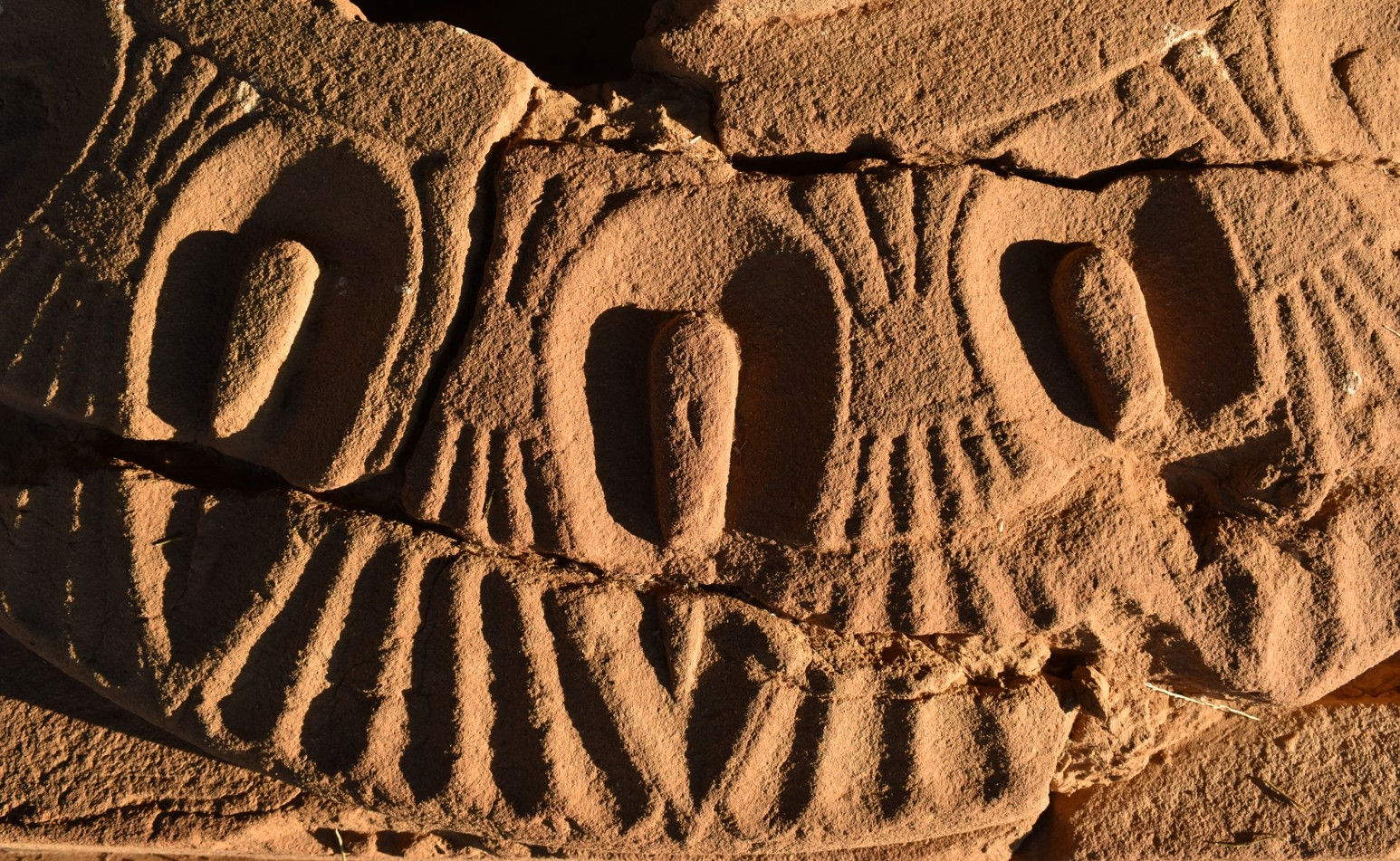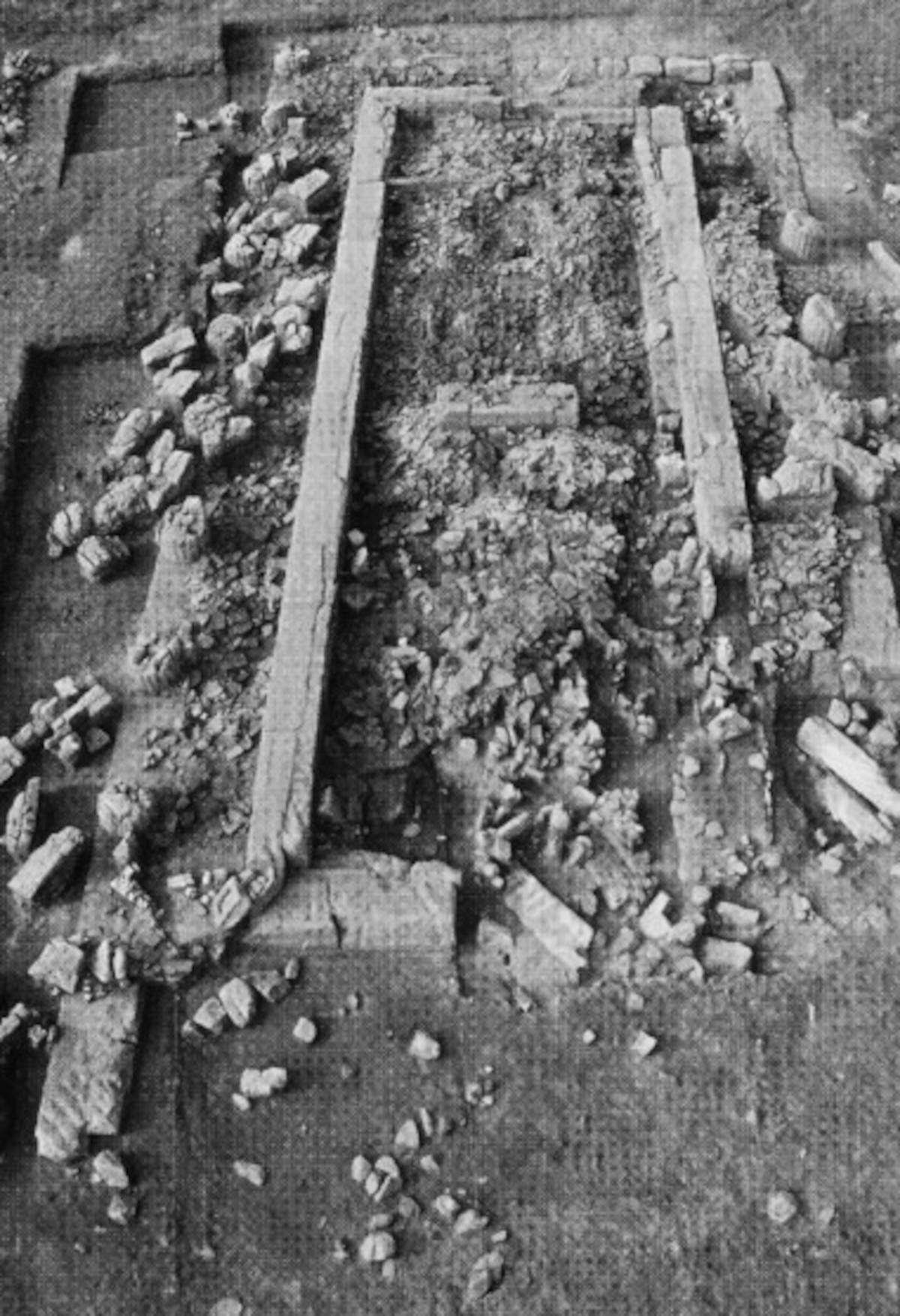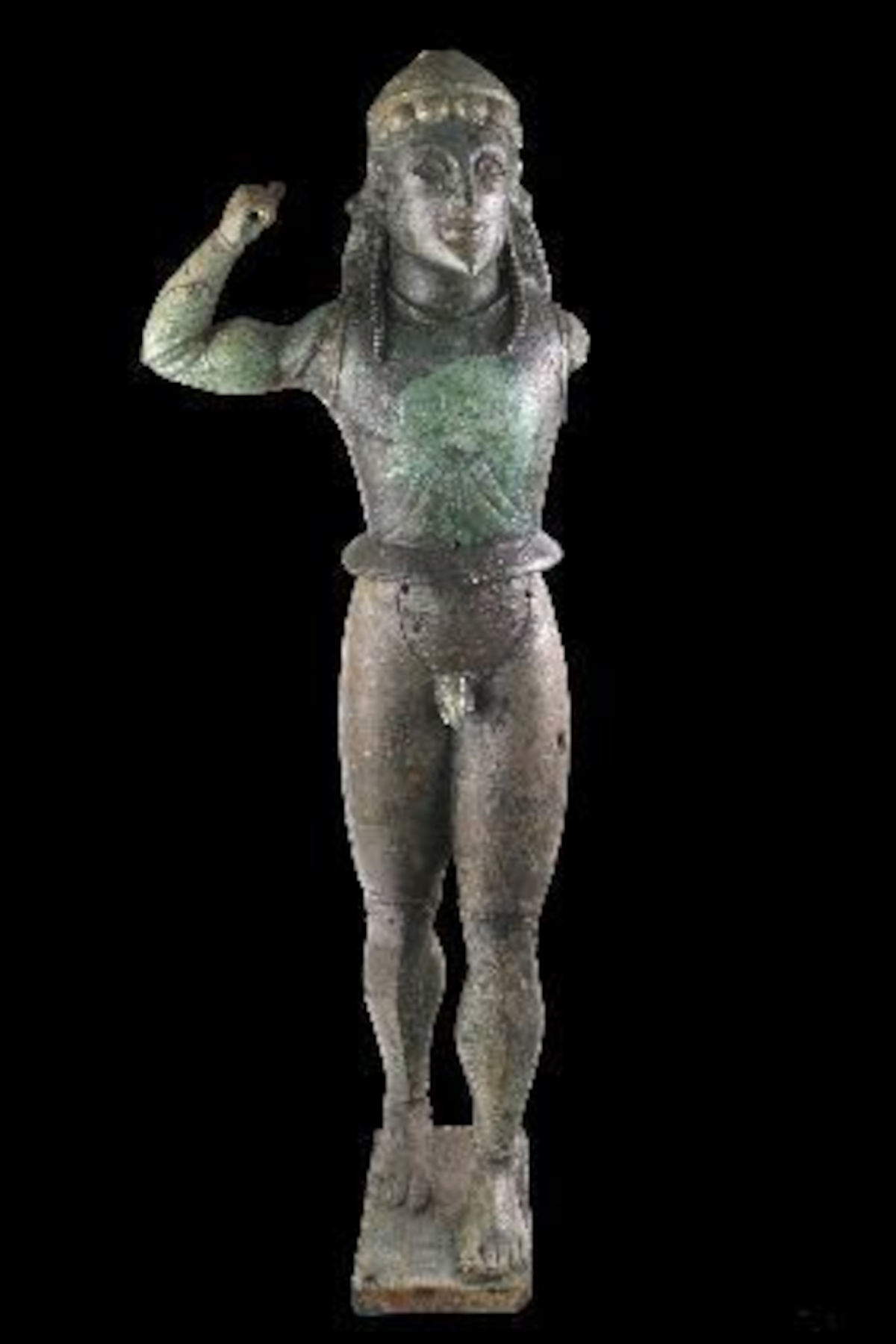TheGreek Ministry of Culture , through the Directorate for the Restoration of Ancient Monuments, has initiated a project for the protection, restoration and enhancement of the archaic temple of Apollo Opilite, located in the area of theAncient Metropolis of Karditsa, in the Thessaly region of Greece. The interventions involve structural consolidation and restoration of the monument’s remains, maintenance of the architectural elements of the innermost part of the temple where the statue of the god(naos) was located, and the provision of fire protection systems and flood defense measures for the archaeological area. The project, with a total cost of 2,485,000 euros, will be financed through the National Research Fund (NSRF) 2021-2027 of the Region of Thessaly. The Ancient Metropolis was founded in the early 4th century BC and remained inhabited until the 6th century AD, comprising three small settlements. The city played an important role in local history and was mentioned during the Roman civil conflict. Ancient authors such as Caesar, Strabo, Ptolemy, and Hierocles mention the city, while in Byzantine times Procopius reports defensive interventions carried out during the reign of Justinian in the 6th century.
“The Archaic Doric temple of Apollo Opliti from the Ancient Metropolis is considered the best-preserved monumental temple of antiquity in all of Thessaly and dates back to the 6th century B.C.,” said Culture Minister Lina Mendoni. “It was completely destroyed by fire around the middle of the second century B.C. and has remained in ruins ever since. It is considered one of the most important examples of Doric architecture. It is the same size as the Temple of Hephaestus in the Ancient Agora in Athens. The temple preserves very important elements for the development of ancient Greek architecture. Among the most important finds is the well-preserved and intact bronze statue of a male figure, depicted in the form of a hoplite. Essentially, this is the cult statue of Apollo, identified by the text of the engraved votive stele found broken inside the temple. The goal of the Ministry of Culture is to protect and enhance the archaeological site through sensitive architectural design and the use of environmentally and monument-friendly technological methods in order to highlight its cultural value and make it safe. It is accessible to the public.”


The temple of Apollo Opyllos was the subject of extensive academic research conducted by Manolis Korres, who studied its typology. According to the research, the temple, especially in its later arrangement with a part accessible only to priests(adyton) and pews, combines features of traditional temples and ceremonial buildings. Particularly relevant to the history of Greek architecture are the Doric capitals, with singular decoration of the lower part in lotus motifs. On the conservation front, the temple shows widespread subsidence, with some columns partially intact and others in poor condition, many of them displaced or damaged by the actions of art thieves in 1993, which caused severe damage to the foundations. The planned interventions focus on urgent and life-saving measures, including control of surface water runoff, restoration of the ground and foundations, and relocation of foundation blocks and supports, according to detailed surveys. The eastern part of the fence and section of the rural road will be removed in order to restore the area in front of the temple. In addition, the location and possible state of preservation of the altar foundations will be identified.
The preservation study of the architectural remains focuses particularly on the interior of the temple, which consists of sandstone and mud brick. The sacred basement shows severe fractures and fragmentation and will undergo a comprehensive intervention, together with the votive stele. The mud brick partition wall and the pews show loss of material and risk of collapse, so surface cleaning, crack sealing and moderate consolidation works are planned. As for fire protection, a permanent water supply system will be installed with hydrants distributed around the perimeter and in the visiting routes, fed by an underground cistern with a pump, flanked by fire extinguishers in the service rooms. The temple will also be equipped with security lighting and signage for escape routes. The archaeological area also requires flood interventions. To the north it is bordered by the Gavria River, and the Keramida Creek passes nearby.


Flooding has affected the area in the past due to water runoff from the upper part of the basin. The project involves the construction of two catchment ditches to convey surface water: ditch A to the Gavria River and ditch B to a culvert connected to the Plastira Lake dam. Excavations of the temple, started in 1994, are still ongoing, revealing new archaeological elements. The entire area, after expropriations, was declared an archaeological site. The architectural remains, covering about 735 square meters, are protected by a metal cover. In fact, the project aims to ensure the structural recovery and enjoyment of the temple, while ensuring the conservation and safety of the area.
 |
| Restoration of the Temple of Apollo Opilite in Karditsa, Greece, gets underway. |
Warning: the translation into English of the original Italian article was created using automatic tools. We undertake to review all articles, but we do not guarantee the total absence of inaccuracies in the translation due to the program. You can find the original by clicking on the ITA button. If you find any mistake,please contact us.